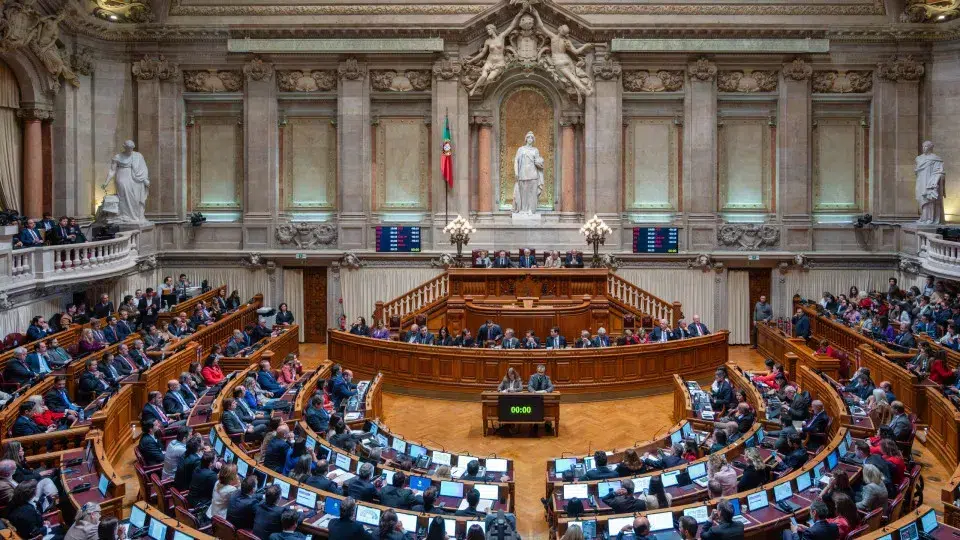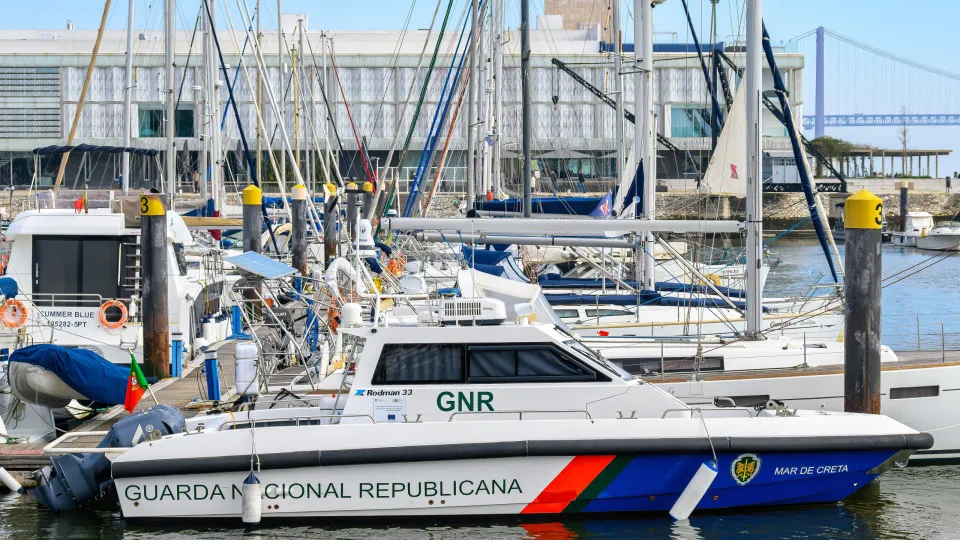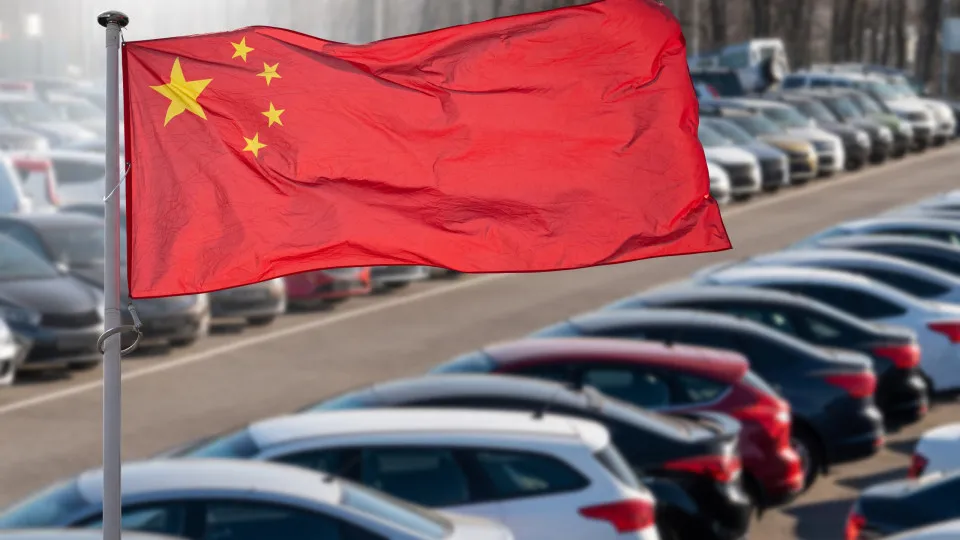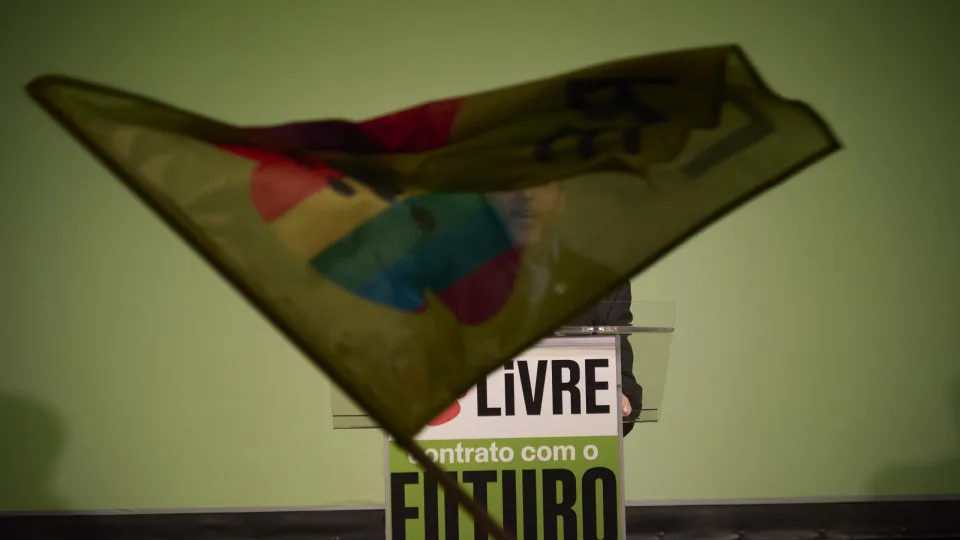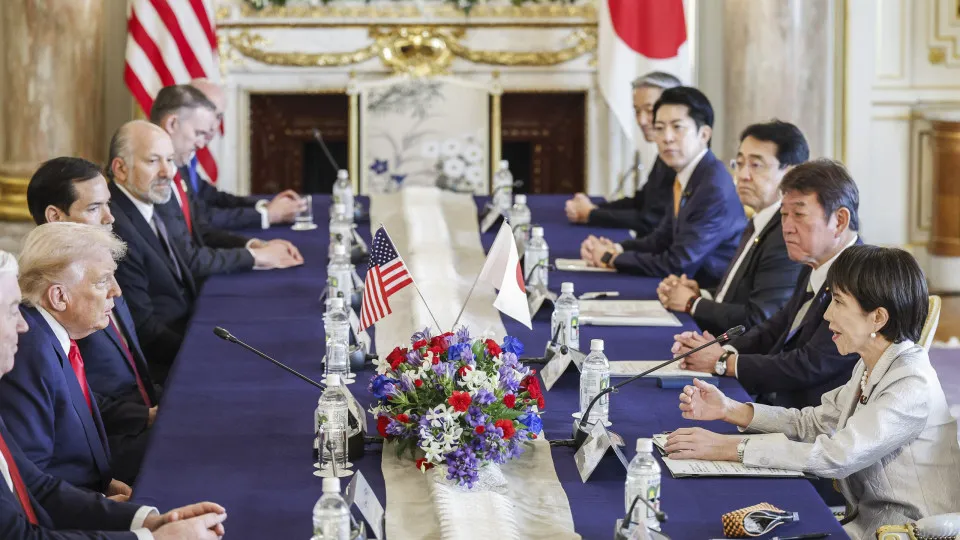
“I have always had great love and respect for Japan. I want to ensure that this will be a special relationship (…) We are an ally at the highest level,” said Trump.
Sanae Takaichi, who has been in office as the prime minister for a week, indicated she wants to inaugurate a “new golden era” in Japan-U.S. relations, at a time when Tokyo faces the growing military power of neighboring China.
Tokyo is the second stop on the American president’s tour of Asia, following Malaysia and before South Korea, where on Thursday, a meeting with Chinese counterpart Xi Jinping is set to seal a commercial commitment between the two powers.
Donald Trump noted on Monday that Takaichi was “a great ally and friend” of the former Japanese prime minister Shinzo Abe, assassinated in 2022, with whom he became particularly close during his first term in the White House.
The Japanese leader thanked Donald Trump for the “enduring friendship” with Shinzo Abe, noting she was impressed and inspired by the U.S. president.
Defense will be a central point of this meeting. Trump demands that U.S. allies increase their military spending to continue benefiting from American protection.
Sanae Takaichi announced that Japan will increase the defense budget to 2% of the gross domestic product (GDP) starting from the current fiscal year, which ends on March 31, two years earlier than the previously established schedule.
About 60,000 American troops are stationed in Japan, and Donald Trump will visit some of them on the USS George Washington aircraft carrier off the coast of Yokosuka, south of Tokyo.
To put the 79-year-old billionaire in the best disposition, the Japanese government plans, according to local press, to offer him golf clubs that belonged to Shinzo Abe and gold-plated golf balls.
Tokyo may also reveal the purchase of a hundred Ford F-150 pickup trucks as a gesture of commercial goodwill.
Commerce is expected to dominate the conversation between Sanae Takaichi and Donald Trump, who has launched a widespread protectionist offensive since returning to power in January.
Japan and the United States reached a trade agreement this summer, but some points remain unresolved.
In mid-September, Washington reduced the total customs duties on Japanese automobiles to 15%, a crucial sector for the country’s exports and employment. Japanese manufacturers hope to see this rate reduced further.
Another discussion point is the form of the $550 billion (471 billion euros) in Japanese investments on U.S. soil, as outlined in the agreement concluded in July.
Donald Trump sowed confusion by presenting this amount as a massive transfer Japan would make to the United States. Japanese negotiator Ryosei Akazawa clarified that only 1% to 2% of the amount would be actual direct investments, with the rest being composed of loans and loan guarantees.
According to Japanese television NHK, Tokyo and Washington are also expected to sign protocols on rare earths and shipbuilding, a sector the United States aims to catch up in.
Donald Trump is also meeting today with Japanese business leaders.
On Wednesday, he travels to South Korea for a visit once again dominated by trade issues. It is there that he will meet with China’s President Xi Jinping with the aim of ending the trade war with Beijing, marked by tariffs and various restrictions.
“I think we will reach an agreement,” Trump said on Monday.

